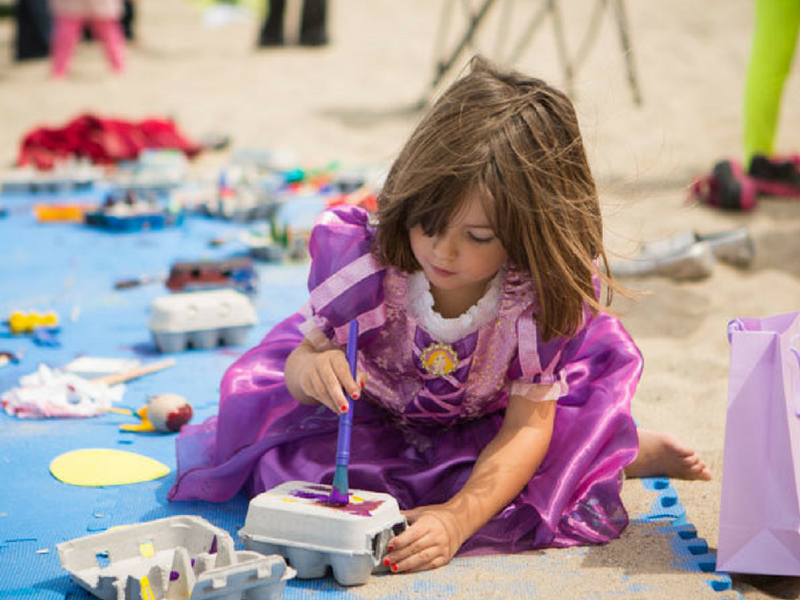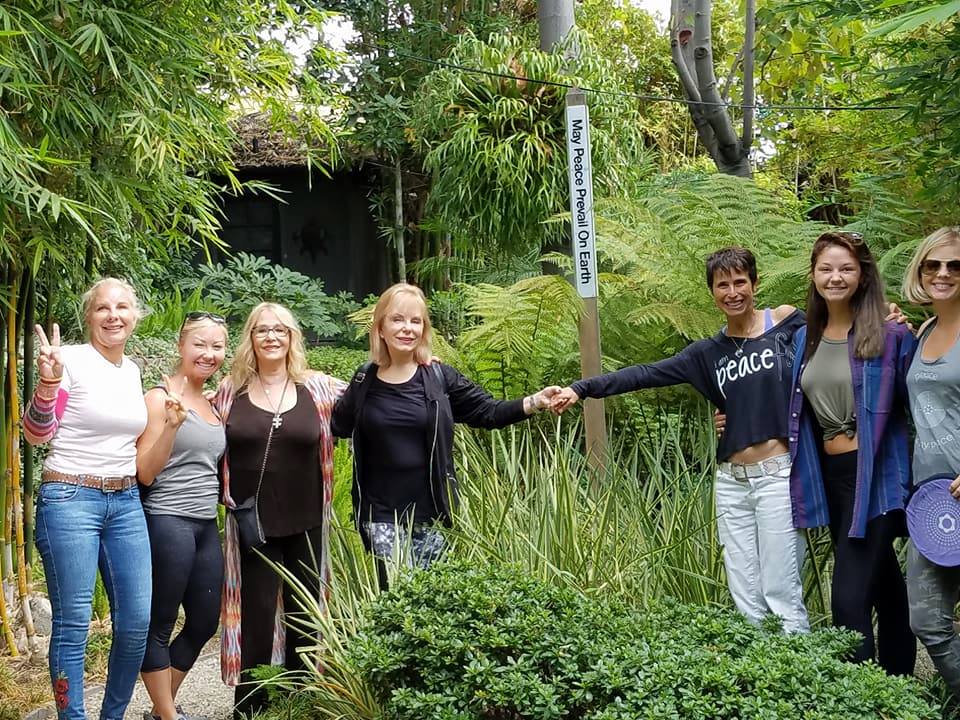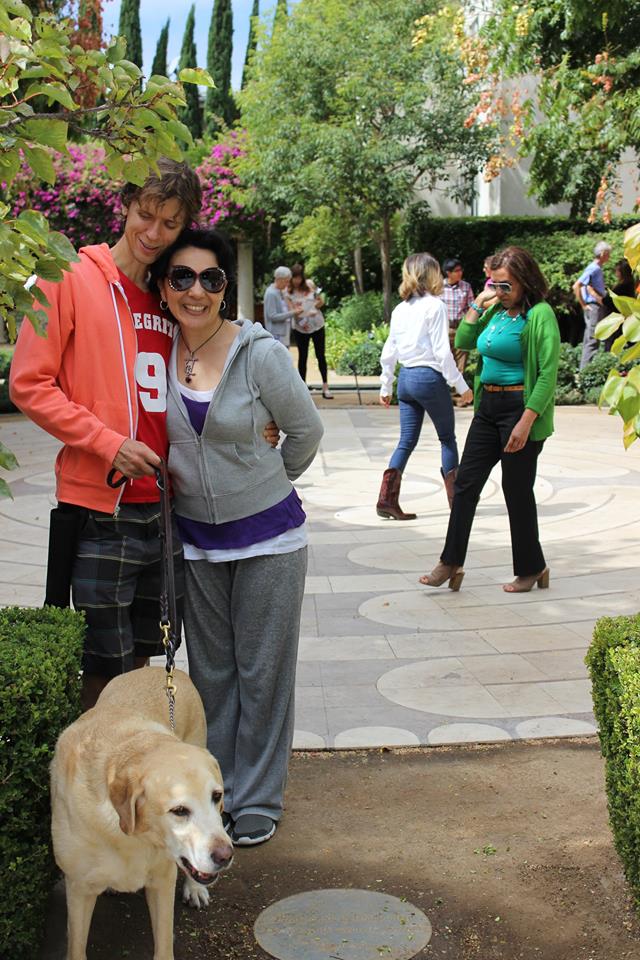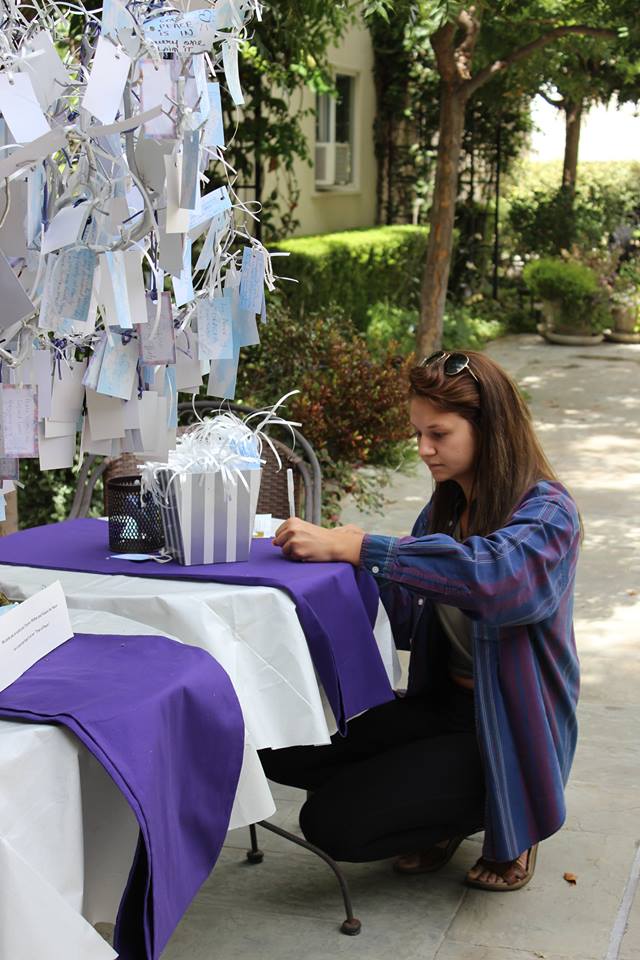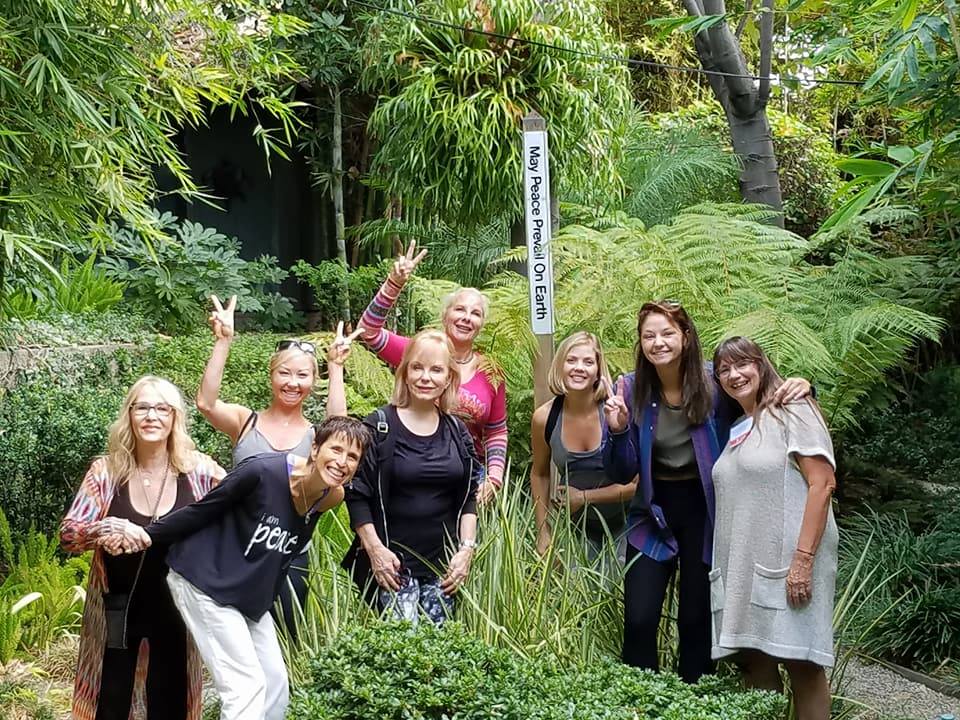“One of the most useful things I can say to you for living in this world is if you want to have greater health and more energy, move things toward completion.”
Yes, I’m fabulous! And I feel freeeeee! How often do you catch yourself saying that? Even if affirmations are your strength, I mean, really, who doesn’t want more fabulousness and freedom in their lives? One of the magic keys, according to author and consultant, Martha Ringer is completion. In fact, she’s written a whole book about completing: Complete.Done.Finished. The joy of doing, the freedom when done.
Here at Peace Awareness Labyrinth & Gardens (PAL&G) Tuesday, Oct 17, Martha Ringer and Heartfelt Foundation Director, Skyler Patton explored Reclaiming Your Energy – The Magic of Completion. Just in case you missed the event, here are a few gems from the dynamic duo:
Freedom and Completion are a Tight Couple:
- Unburden yourself of tasks that are not in your wheelhouse.
- Cross off crocheting that doily for your elderly aunt. Buy one and call it complete!
Listen Deeply:
- Remember to breathe – consciously. And listen deeply.
- Where do I go next? Seems like a simple question. In reality, many of us go to overwhelm instead of action.
Break Down Your To-Dos into Mini Tasks:
- Instead of doing a dance of dizzy confusion, break down your to-dos into mini tasks.
- Promise yourself (and/or a pal) to do the small action by a certain date and time.
- Focus on the task until done. Just do it!
Keep the agreement. This is soooooo key to freedom, trusting yourself and owning your fabulousness.
Tip - An Easy But Oh, So Revealing Exercise:
- Write down all the incompletes in your life. Including childhood dreams, bucket list items and doing the laundry.
- Once you’ve got your mountain of musts and maybes on your mobile or notepad; circle the most important one. Which one calls to you?
- Well, done! Now identify a mini-step that you can complete right now.
- Take your mini-step!
- Next, acknowledge yourself. Celebrate!!!
Key - Acknowledgment and Appreciation:
Major keys to continue charging ahead with your to-dos are acknowledgment and appreciation. Martha revealed her sophisticated method at the event. Jumping up and down, she shouted, “Yes, I’m fabulous!” She added, “The executives I work with always look at me funny but it works.”
Learn more Practical Tools for Everyday Spirituality at our upcoming events at Peace Awareness Labyrinth & Gardens.







